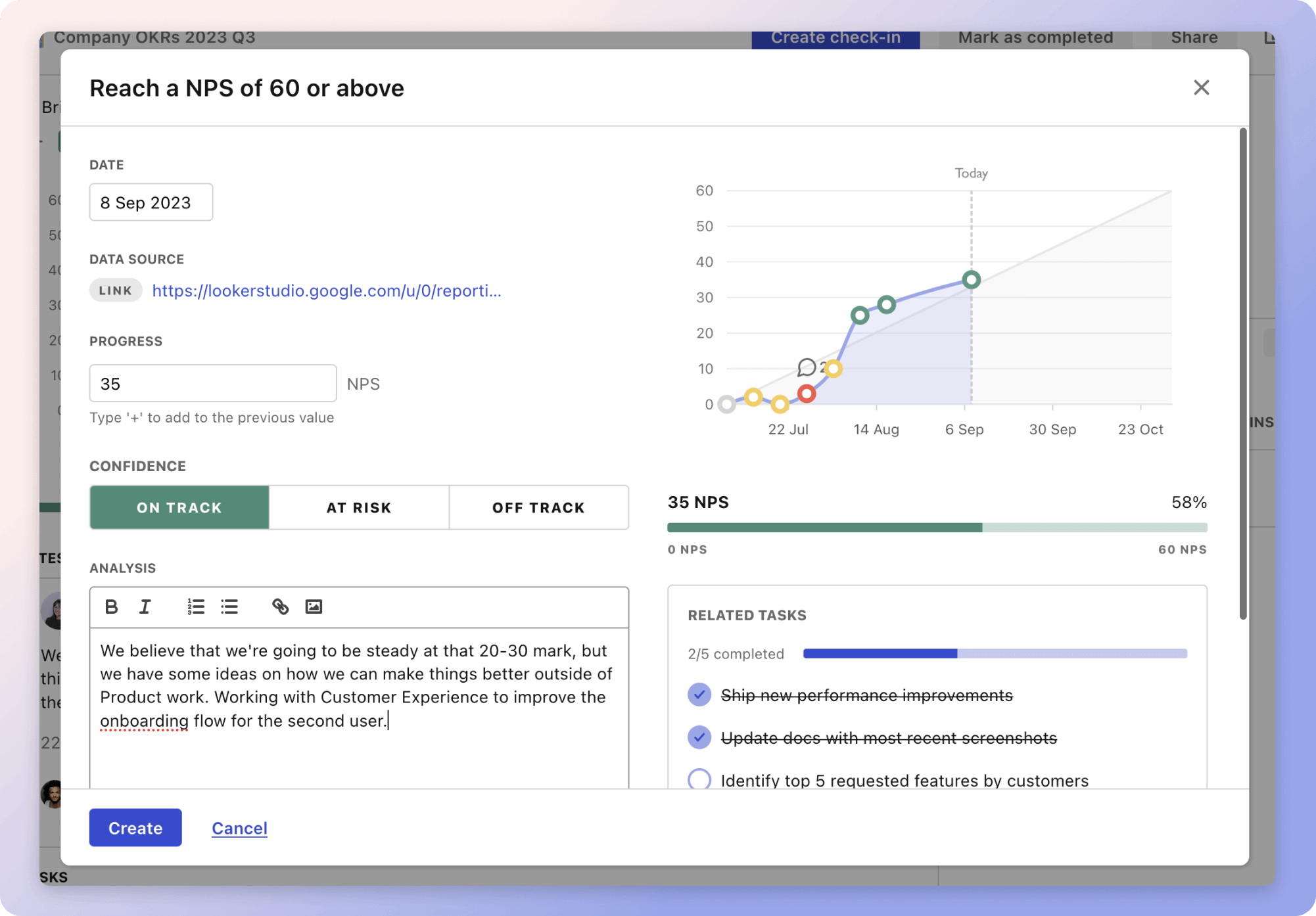The strategy focuses on maximizing the profitability of a stealth trading robot on the Deriv platform by implementing strict risk management measures. One key aspect is enhancing algorithm precision. This involves refining algorithm parameters, utilizing machine learning, and using stop-loss limits to minimize losses. For example, incorporating machine learning helps the algorithm adapt to changing market conditions, leading to more precise trading decisions.
Diversifying the trading strategy is another crucial area. This means applying the robot across multiple markets with different strategies. By testing alternative strategies and using techniques like hedging, traders can manage risks better. For instance, setting different risk/reward ratios for distinct strategies allows for adaptability depending on the market scenario.
Strengthening risk management protocols is essential to the strategy. This includes setting daily loss limits and using position sizing techniques. Developing contingency plans for unexpected events and implementing a tiered risk alert system ensures that the team is prepared for various situations. Educating the team on best practices in risk management bolsters the overall robustness of the trading operation.
The strategies
⛳️ Strategy 1: Enhance algorithm precision
- Review and refine trading algorithm parameters for higher precision
- Backtest the algorithm with historical data to ensure robustness
- Incorporate machine learning to adapt to market conditions
- Implement stop-loss limits to minimise losses
- Adjust technical indicators for better signal accuracy
- Set up alerts for algorithm performance deviations
- Regularly update the algorithm with new market data
- Review trades weekly to identify error patterns
- Develop a feedback loop for continuous improvement
- Test algorithm in a demo account before live deployment
⛳️ Strategy 2: Diversify trading strategy
- Identify multiple markets to apply the robot beyond one asset
- Develop different trading strategies for varied market conditions
- Backtest alternative strategies for comparative analysis
- Consider using hedging techniques to manage risks
- Set different risk/reward ratios for each strategy
- Monitor correlation between different trading strategies
- Rotate trading strategies based on market behaviour
- Regularly assess effectiveness of diversified strategies
- Implement a dynamic risk assessment model
- Test portfolio of strategies in simulation environment
⛳️ Strategy 3: Strengthen risk management protocols
- Set a maximum daily loss limit to protect capital
- Use position sizing techniques to manage trading size
- Regularly assess risk management policies for improvements
- Incorporate a tiered risk alert system
- Develop contingency plans for unexpected market events
- Track historical drawdowns to inform risk settings
- Adjust leverage usage to reduce risk exposure
- Implement capital preservation strategies
- Educate team on risk management best practices
- Review and update risk management protocols monthly
Bringing accountability to your strategy
It's one thing to have a plan, it's another to stick to it. We hope that the examples above will help you get started with your own strategy, but we also know that it's easy to get lost in the day-to-day effort.
That's why we built Tability: to help you track your progress, keep your team aligned, and make sure you're always moving in the right direction.

Give it a try and see how it can help you bring accountability to your strategy.
